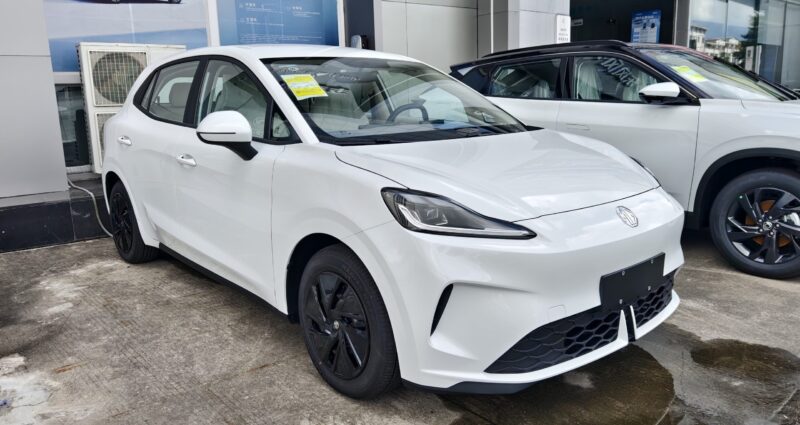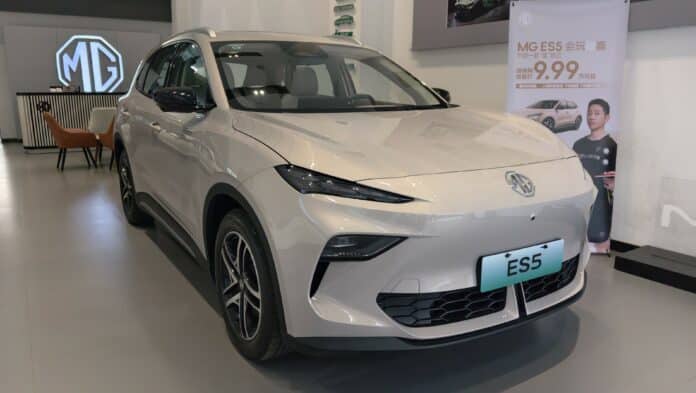Sunday China Drive | MG4 hatchback: from rear-wheel dreams to front-wheel reality
The latest MG4 represents a fundamental shift in direction for SAIC’s MG brand. Previously known for its rear-wheel-drive layout and European-tuned handling, the new model adopts a front-wheel-drive configuration and a redefined chassis aimed at maximising efficiency and space utilisation. Positioned in the compact electric hatchback segment, the MG4 continues to target entry-level EV buyers, with pricing starting from approximately 68,800 yuan (9,560 USD) for the Chinese domestic market.
Unlike earlier iterations developed primarily for export markets such as Europe, the 2025 MG4 was recalibrated with the domestic buyer in mind. It emphasizes usability, packaging, and affordability over sporty handling, reflecting shifting priorities in China’s growing budget EV segment.
Against rivals such as the BYD Dolphin, Wuling Binguo S, and Geely Geome Xingyuan, the MG4 aims to differentiate itself through its recognisable design and the MG badge, which retains legacy appeal among buyers familiar with the brand’s heritage.
Our test car is the best-selling trim, the entry-level model, equipped with a 42.8 kWh battery and a 437 km range, CLTC.
Exterior
The front end integrates projector-style headlamps, a segmented honeycomb grille motif and an illuminated MG badge on higher trims. Prominent front corners flow into side air ducts that accentuate the car’s visual width.
The car measures 4,395 mm in length, 1,842 mm in width, and 1,551 mm in height, with a wheelbase of 2,750 mm. Our test car is equipped with 16-inch wheels.
Rear treatment includes a continuous light signature and a tapered tailgate profile that helps control wake. Wheel sizes and tyre selection vary by trim and are chosen to balance rolling resistance and grip. The exterior fit and finish on the displayed vehicles matched segment norms, with consistent panel gaps and assembly tolerances.
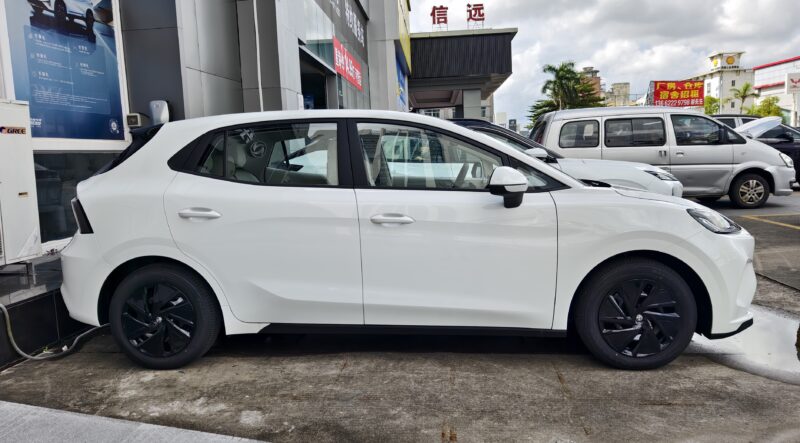
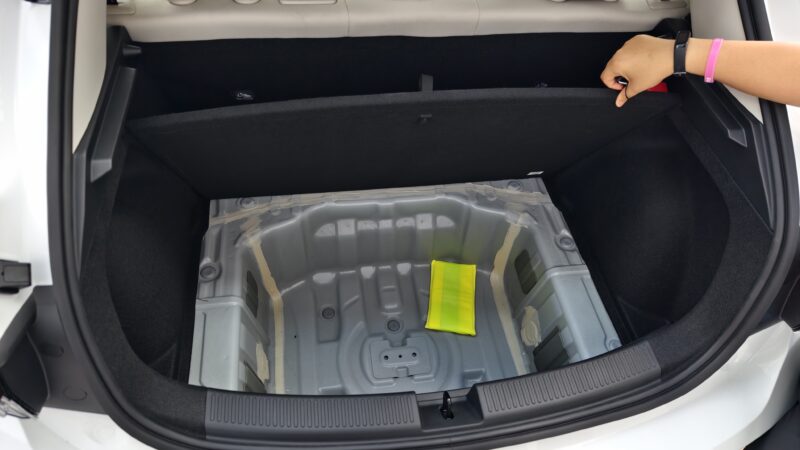
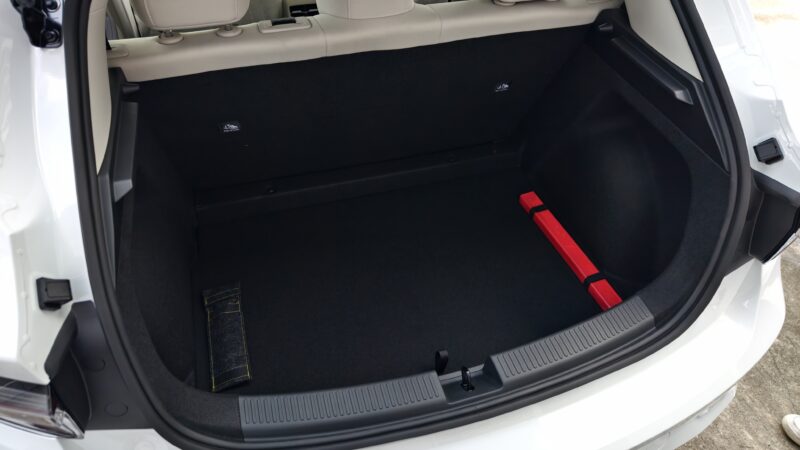
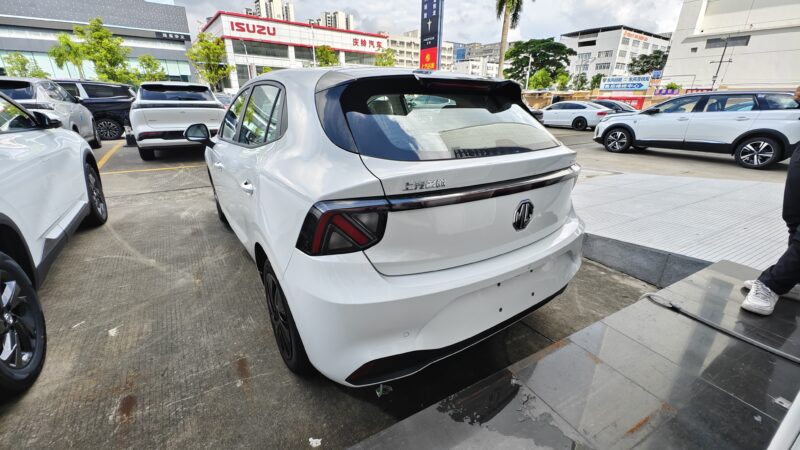
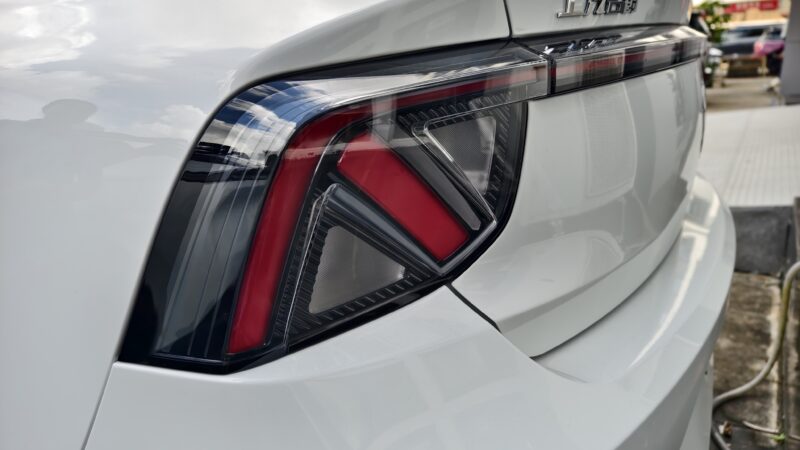
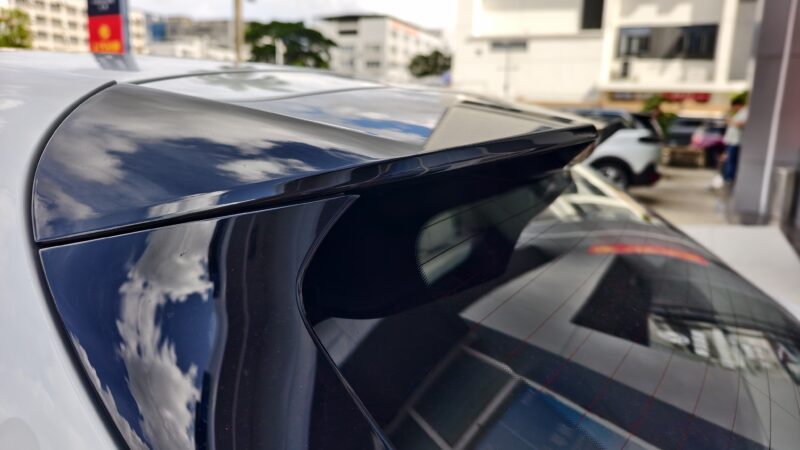
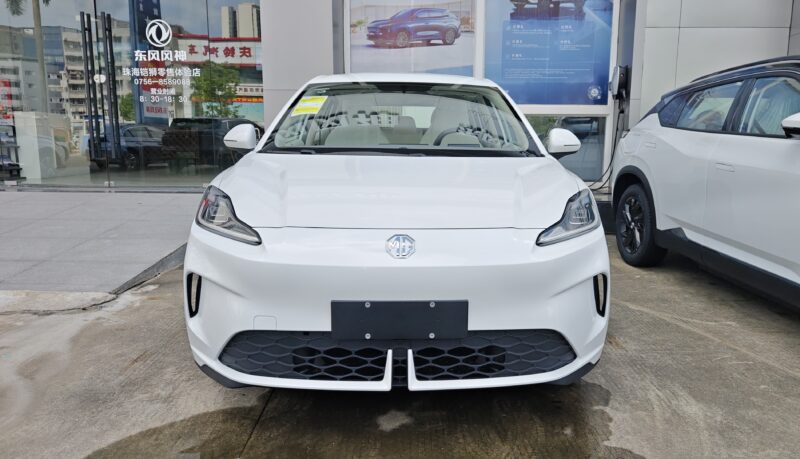
Interior
Inside, the MG4’s cabin layout follows current design trends in the sub-100,000-yuan EV market, featuring a minimalist dashboard, dual screens, and a strong emphasis on digital integration. The central 10.25-inch touchscreen controls most major functions, accompanied by a separate digital instrument cluster that displays essential driving data. Physical buttons are limited to the most critical controls.
Material quality remains consistent with expectations at this price level. Soft-touch surfaces are applied to the middle of the dashboard and door caps, though harder plastics dominate the upper and lower sections.
Cargo capacity includes 471 litres in the trunk and an additional 98-litre sub-trunk. Rear seatbacks recline at a slight angle, enhancing long-distance comfort and usability.
Ergonomically, the driving position is straightforward, with adequate steering wheel and seat adjustment.
Powered by the Qualcomm Snapdragon 8155 chip, the infotainment system supports over-the-air updates and features smartphone connectivity via the Oppo Smart Mobility System. The interior presentation emphasises perceived modernity and digital convenience over traditional luxury cues.
Driving Experience
The new MG4 features a front-wheel-drive configuration, utilising MacPherson struts at the front and a torsion-beam axle at the rear, replacing the earlier rear-wheel-drive, five-link layout. Suspension calibration leans toward softness to improve impact absorption, but limited damping control leads to noticeable vertical movement and fore–and–aft pitch over uneven surfaces. On patched or undulating urban roads, the suspension handles minor irregularities acceptably yet takes time to settle after larger bumps, resulting in a less composed ride compared with the earlier rear-driven platform.
At higher speeds, body stability improves, though steering precision remains modest. The electric power steering is tuned for light effort in Normal and Eco modes, where feedback feels somewhat artificial and steering return is slow. As speeds increase, self-centring improves, but directional sensitivity rises, requiring small but frequent corrections to maintain a straight line. Switching to Sport mode sharpens throttle response and increases steering weight, providing the wheel with more on-centre resistance. However, the overall tuning still prioritises ease of operation over precision.
The 120 kW front-mounted electric motor delivers instant torque, and during wet-road acceleration, the front tyres can briefly lose traction. This is typical for single-motor front-wheel-drive EVs equipped with efficiency-focused tyres. Torque steer typically appears under heavy throttle, especially mid-corner or on slippery asphalt, but the traction control system intervenes quickly and smoothly to maintain stability.
Noise, vibration, and harshness levels align with the MG4’s price class. The electric motor remains quiet at low speeds, while wind and tyre noise become noticeable beyond 80 km/h, especially from the mirrors and A-pillars. The car’s overall ride character leans more toward light and compliant than sporty or tightly controlled.
The shift to a front-drive layout reflects a packaging and cost-efficiency decision rather than a dynamic improvement. Relocating the motor forward allows for greater cabin and luggage volume, simplifying production, but sacrifices some of the balanced feel once associated with MG’s European-market models.
The new MG4’s driving experience emphasises predictable control and everyday usability over engagement. It performs as expected for an electric hatchback in its price segment, trading mechanical sophistication for efficiency, space, and ease of use. Its stable high-speed manners and smooth low-speed drivability make it well-suited to daily commuting in urban and suburban environments.
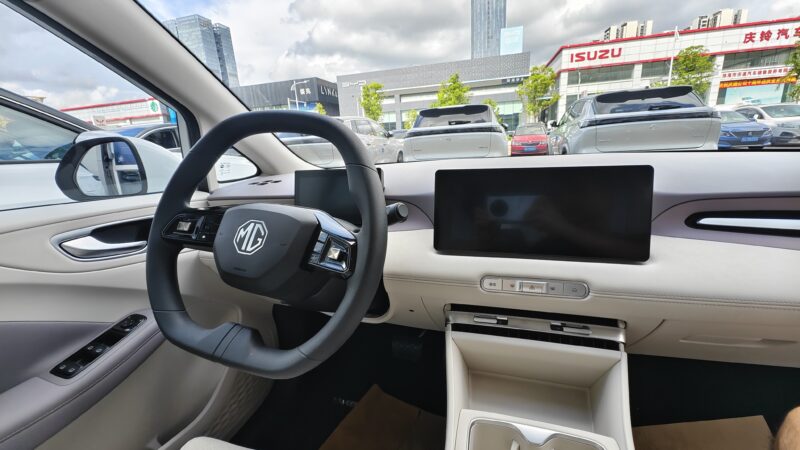
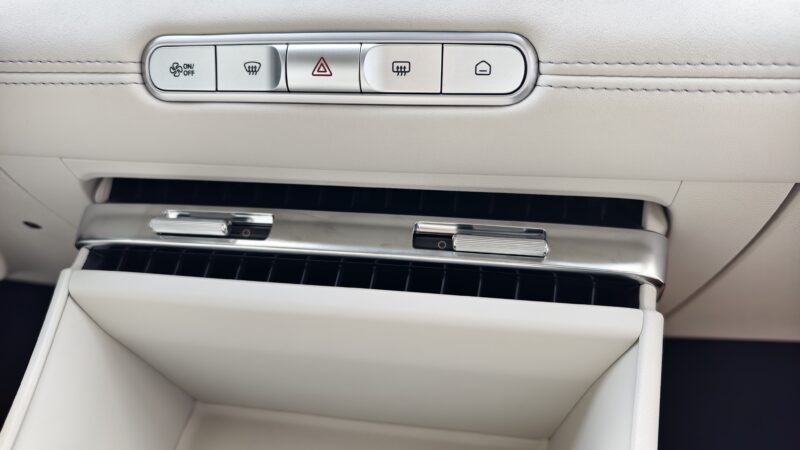
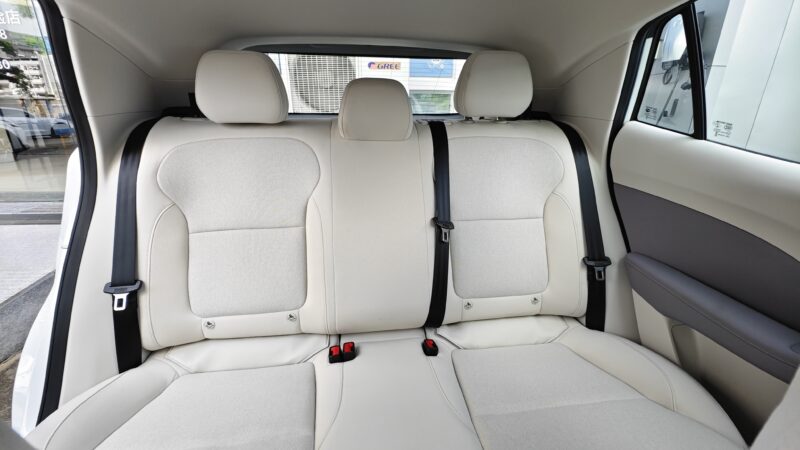
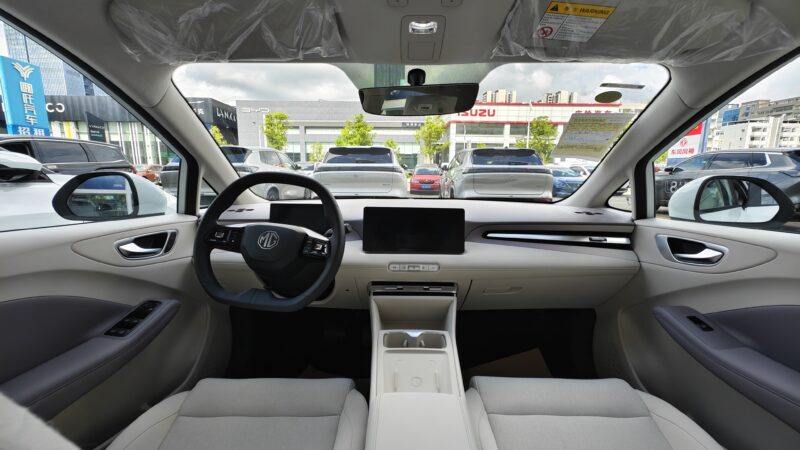
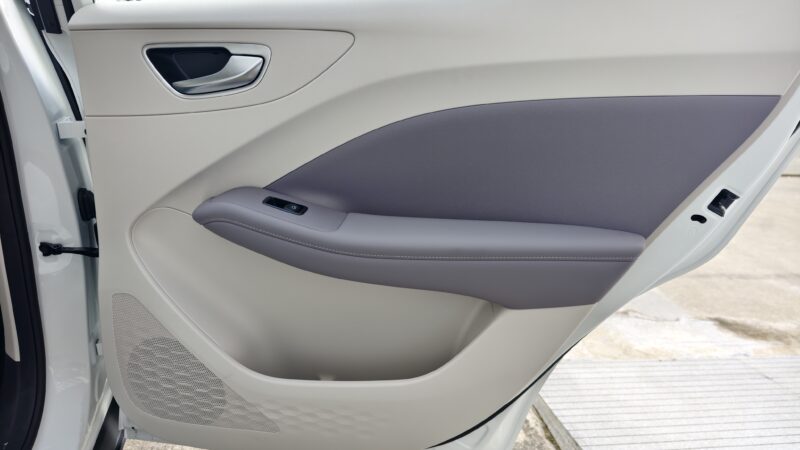
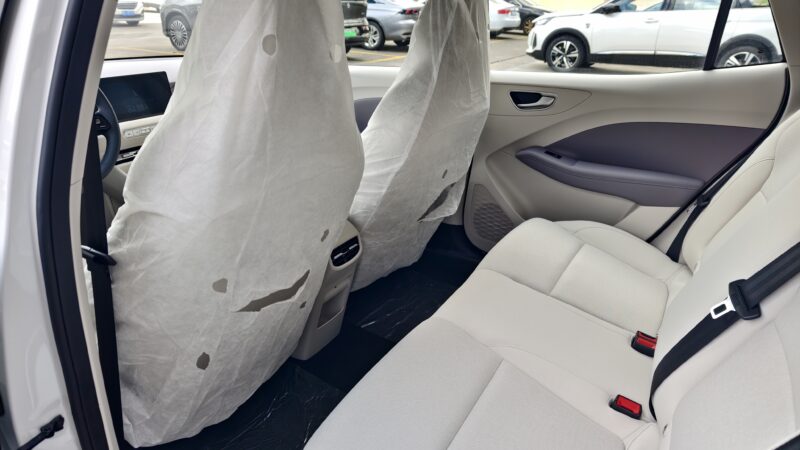
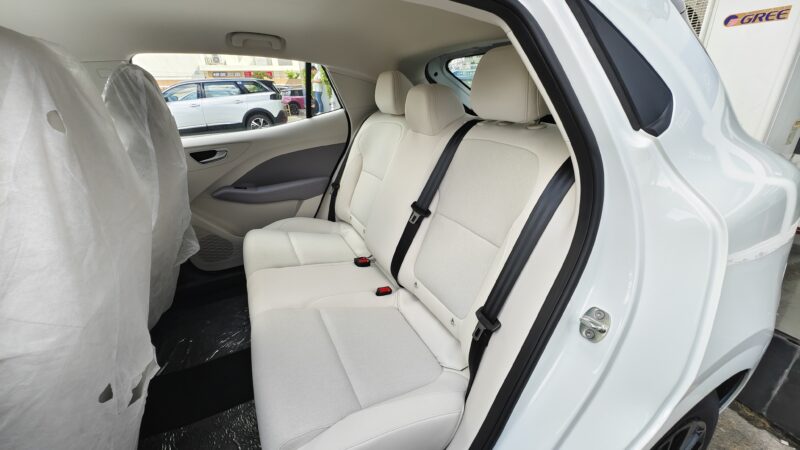
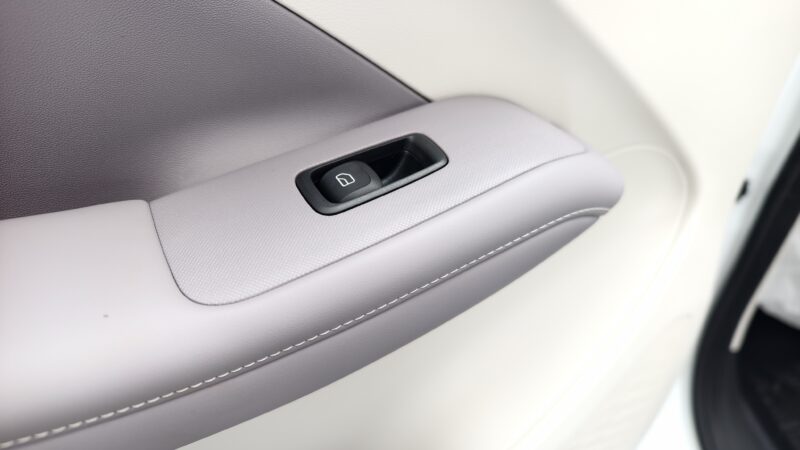
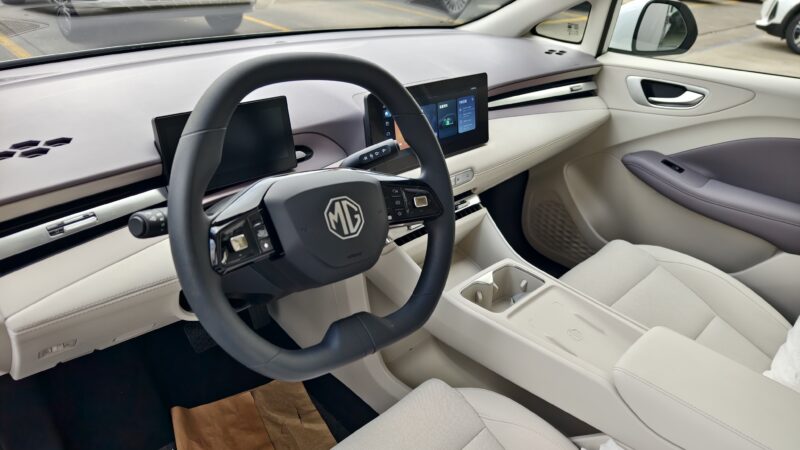
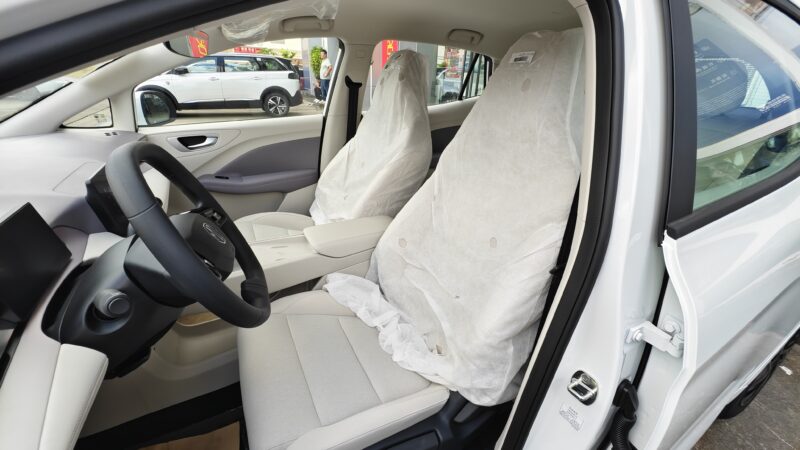
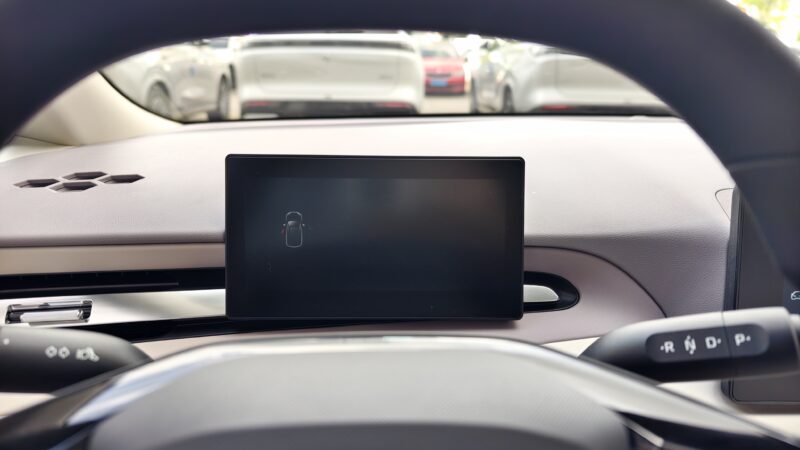
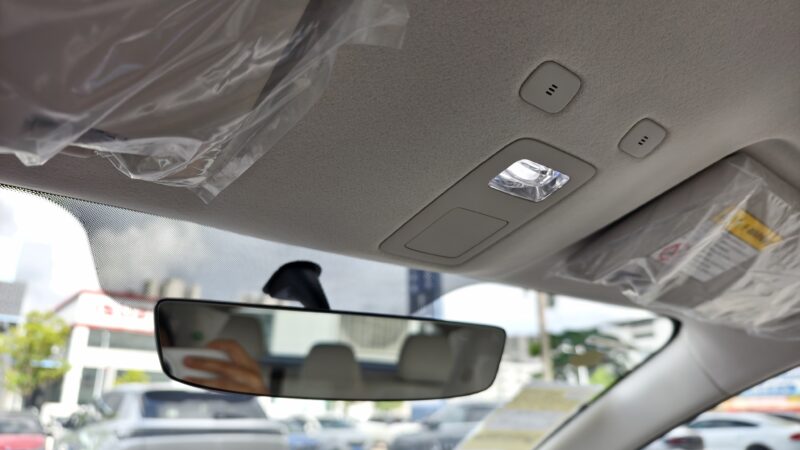
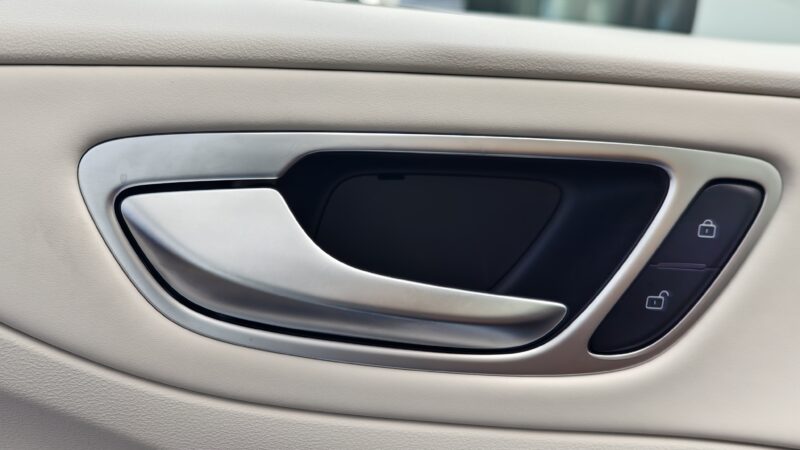
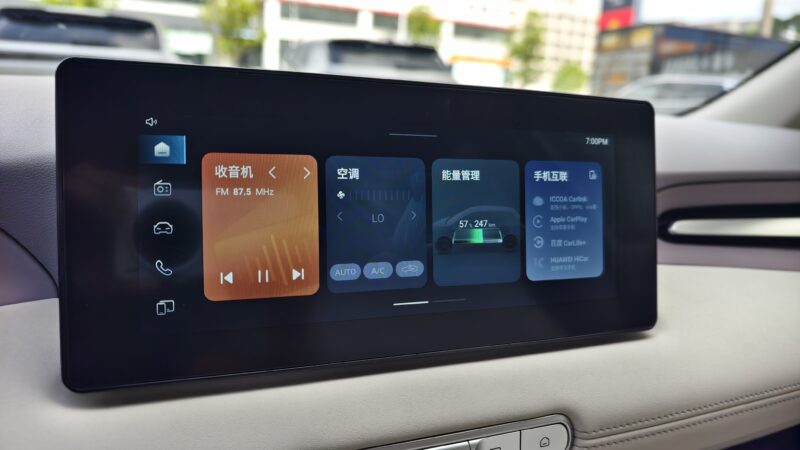
Verdict
The latest MG4 represents a precise repositioning of the nameplate. The shift to front-wheel drive simplifies packaging and reduces cost, but moves the car away from the driver-oriented DNA that once defined MG’s appeal abroad. What remains is a technically competent, practical compact EV that focuses on range efficiency, ease of use, and interior packaging rather than outright driving precision.
In the context of China’s current EV market, this trade-off appears deliberate. Buyers in this price range prioritize digital functionality, usable space, and affordability over chassis nuance. On those fronts, the MG4 performs as expected and provides a solid daily solution for city drivers transitioning from small petrol hatchbacks to their first EV.
The market response underscores this positioning: MG4 reportedly secured over 30,000 orders within 24 days of its launch (as of September 22), reflecting strong consumer interest in a value-focused compact EV in China.
While enthusiasts may lament the departure from rear-wheel-drive dynamics, the new MG4 aligns with the domestic market’s practical realities, a compact electric hatch designed to meet cost targets and range efficiency goals, rather than to rekindle MG’s performance heritage.



